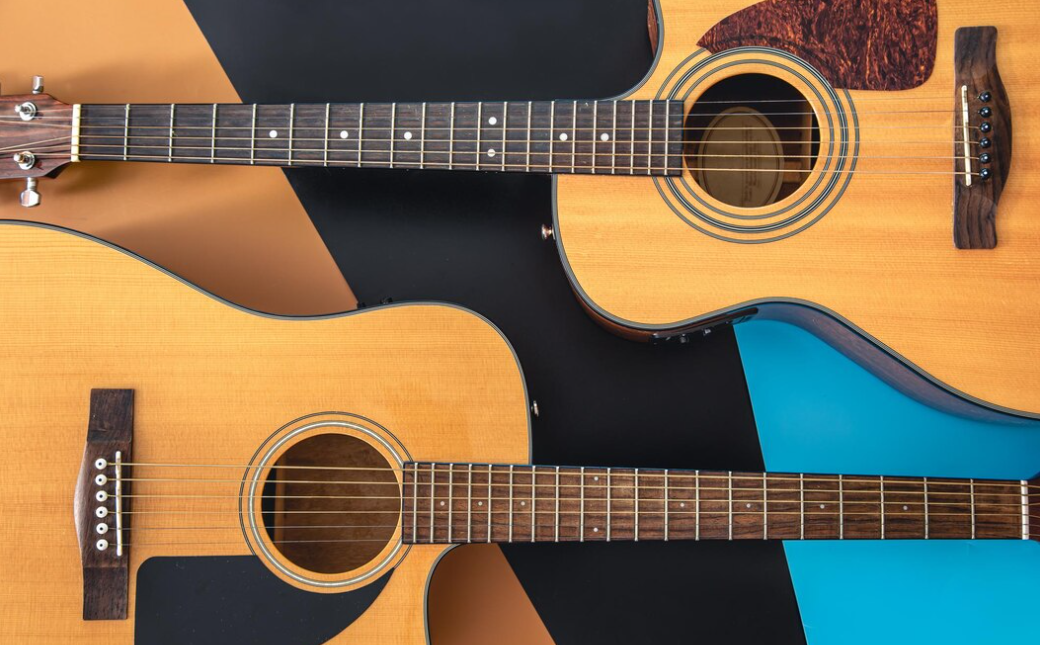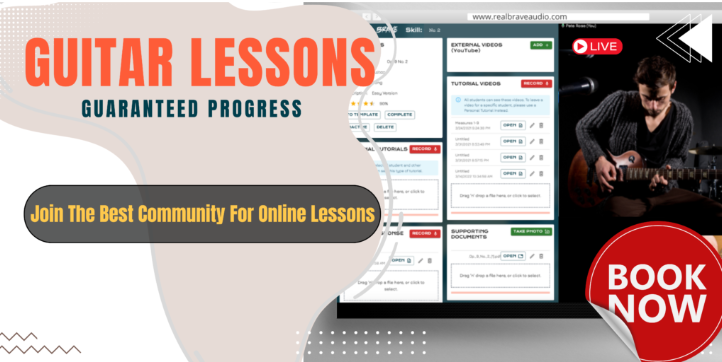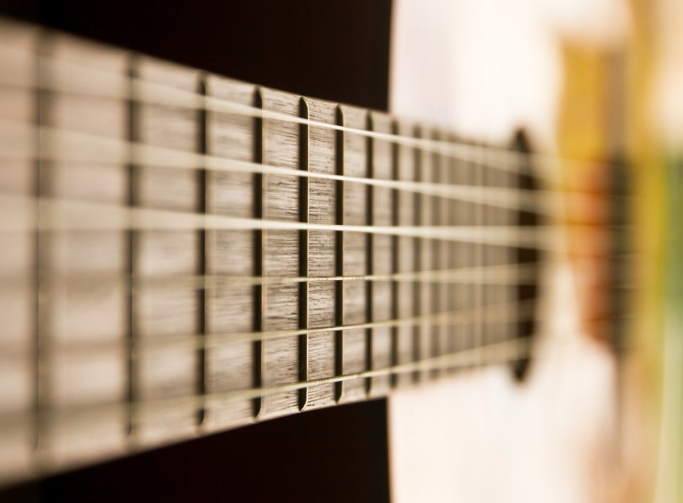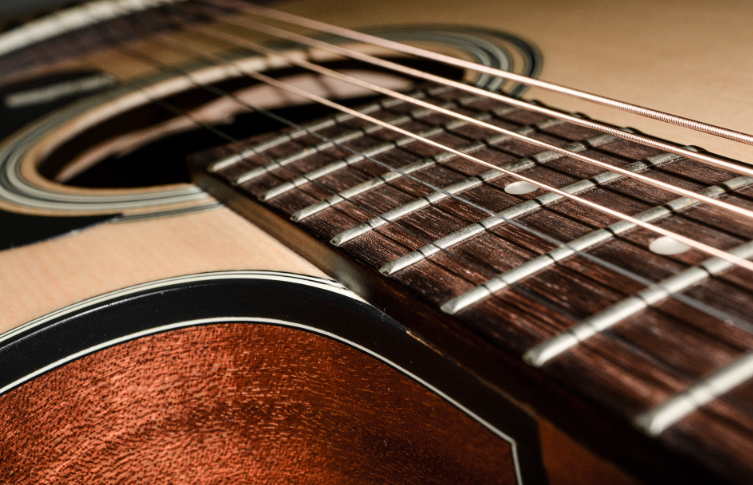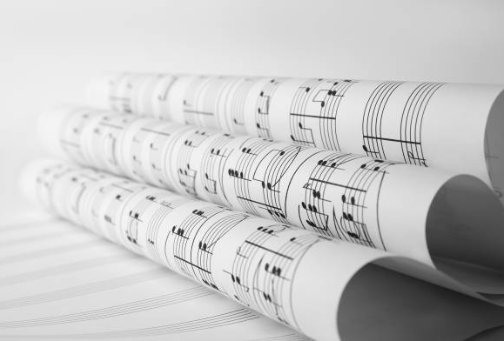The Essentials Of The Fretboard
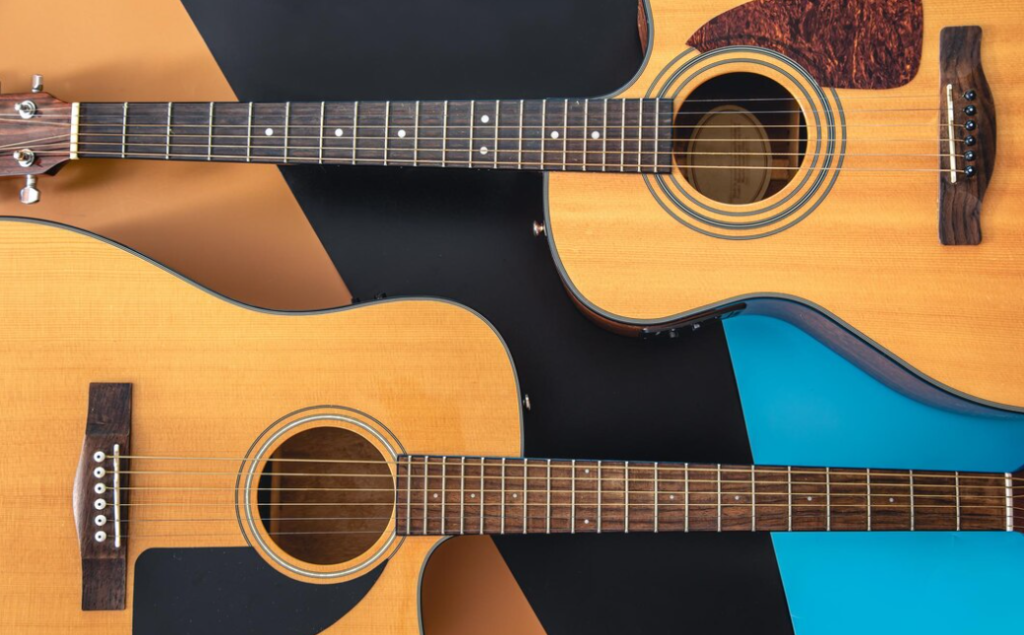
Learning the notes on the guitar is a fundamental skill that every guitarist should master. Whether you’re a beginner just starting or an experienced player looking to enhance your skills, understanding the layout of the fretboard and knowing the notes it contains is essential for musical growth.
In this comprehensive guide, we’ll delve into everything you need to know about guitar fretboard notes. From the importance of knowing them to practical tips for memorization and resources to aid your learning journey, we’ve got you covered.
So, grab your guitar, get comfortable, and dive into the world of guitar fretboard notes!
Why Learn Fretboard Notes on the Guitar?
Understanding why it’s crucial to learn the notes on the guitar fretboard sets the foundation for your musical journey. Here’s why mastering this skill is so important:
- Enhanced Playing Ability: Knowing the notes on the fretboard enables you to navigate the instrument with ease. You’ll be able to find chords, scales, and melodies more quickly, allowing for smoother and more confident playing.
- Improved Music Theory Understanding: The guitar fretboard serves as a visual representation of music theory concepts. Learning the notes helps you grasp fundamental principles such as intervals, chord construction, and key signatures more effectively.
- Enhanced Communication with Other Musicians: When jamming with other musicians or collaborating on musical projects, knowing the notes allows for clearer communication. You can easily communicate chord progressions, discuss musical ideas, and confidently improvise harmonies.
- Facilitates Transposition and Songwriting: Knowing the notes empowers you to transpose songs into different keys and create your own original music. Whether you’re arranging covers or composing original pieces, a solid understanding of guitar fretboard notes opens up endless creative possibilities.
By understanding the significance of learning guitar fretboard notes, you’ll be motivated to invest the time and effort necessary to master this essential skill.
Understanding Guitar Fretboard Layout
To effectively learn guitar fretboard notes, it’s essential to understand the layout of the fretboard and the organization of notes along its length. Here’s what you need to know:
1. Fretboard Layout
The guitar fretboard is like a grid, made up of frets (those metal strips) that run across the strings. Each fret represents a half-step, giving you the ability to change the pitch by pressing down on the strings at different spots along the fretboard. So, just to clarify, on the fretboard, moving one fret (or half a step), while moving two frets (or a whole step).
2. Natural Notes and Sharps/Flats
The musical alphabet consists of seven natural notes: A, B, C, D, E, F, and G.

Between some of these notes lie sharps (#) and flats (b), which represent the notes halfway between two natural notes. With the addition of sharps and flats, there are 12 total notes

Each note on the musical scale is separated by what we call a semitone. When you move from A to A#/B♭, you’re covering one semitone. Going from A to B, you cover two semitones. Now, you might notice that B and E don’t have sharps. That’s because they’re only a single semitone away from the next natural note. Also, in music lingo, we often talk about “steps” to describe the distance between two pitches. A whole step equals two semitones, while a half step equals just one semitone.
By familiarizing yourself with the layout of the guitar fretboard and understanding the placement of natural notes, sharps, and flats, you’ll be better equipped to navigate the fretboard and locate specific notes with ease. This knowledge forms the foundation for further exploration and mastery of guitar fretboard notes.
3. Guitar String Notes And The Fretboard Octave
These open string notes in standard tuning are E, B, G, D, A, and E (from thinnest to thickest string). Understanding that the guitar is set up in two octaves, with 12 notes in each octave, allows us to recognize that the same notes repeat after the 12th fret. Enharmonic notes, which have the same pitch but different names (like F# and G♭), are encountered.
The natural notes on each string occur at specific frets, forming a pattern on the fretboard. Additionally, we notice that the 5th fret on a string typically produces the same note as the open string below it, except for the 2nd string. This consistency in tuning facilitates tuning the guitar by ear, particularly in the absence of a tuner.
Learning Guitar Fretboard Notes
Now that we’ve covered the basics of the fretboard layout, it’s time to dive into practical strategies for learning guitar fretboard notes. Here are some effective techniques to help you memorize the notes:
1. Memorization Techniques
There are various methods you can use to memorize the notes on the guitar fretboard. One approach is to break the fretboard into smaller sections and focus on mastering one section at a time. Another technique is to create mnemonic devices or visual associations to help you remember the placement of notes.
2. Visualizing Patterns
Recognizing patterns on the fretboard can make memorization easier. For example, the octave pattern repeats every 12 frets, making it easier to find the same notes in different locations. By identifying and understanding these patterns, you’ll be able to navigate the fretboard more efficiently.
3. Repetition and Practice
Like any skill, memorizing guitar fretboard notes requires consistent practice. Set aside dedicated practice time each day to review and reinforce your knowledge. Utilize exercises and drills that challenge you to identify notes across different strings and frets.
By incorporating these techniques into your practice routine, you’ll gradually become more familiar with the notes on the guitar fretboard. Stay patient and persistent, and don’t be afraid to experiment with different learning strategies to find what works best for you. With time and effort, you’ll develop a strong foundation of fretboard knowledge that will greatly enhance your guitar-playing skills.
Resources For Learning Guitar Fretboard Notes
While memorizing guitar fretboard notes requires dedication and practice, there are many resources available to support your learning journey. Here are some valuable resources to consider:
1. Online Guides and Tutorials
Explore online guides and tutorials that provide step-by-step instructions for learning guitar fretboard notes. These resources often include interactive diagrams, instructional videos, and helpful tips to facilitate your learning process.
2. Fretboard Diagrams and Charts
Utilize fretboard diagrams and charts to visually map out the notes on the guitar fretboard. These diagrams provide a clear overview of note locations, making it easier to identify patterns and memorize note positions.
3. Mobile Apps and Software
Download mobile apps and software designed specifically for learning guitar fretboard notes. These apps often feature interactive fretboard simulations, quizzes, and games to help reinforce your knowledge in a fun and engaging way.
4. Private Lessons
Consider taking private lessons with a qualified music school as they can offer personalized guidance, feedback, and instruction tailored to your individual learning needs. With the abundance of resources available, there’s no shortage of support to help you master guitar fretboard notes. Explore different options and find the resources that resonate with your learning style and preferences.
Learning guitar fretboard notes is a journey that requires dedication, patience, and perseverance. By understanding the importance of knowing the notes, mastering the fretboard layout, and utilizing effective learning strategies and resources, you can enhance your guitar-playing skills and musical understanding.
As you embark on this journey, remember to stay consistent with your practice, stay open to learning new techniques, and don’t be afraid to seek support from online resources, instructors, and fellow musicians. With determination and passion, you’ll develop a strong foundation of fretboard knowledge that will serve you well on your musical journey. Keep strumming, keep learning, and enjoy the process of becoming a more proficient guitarist!
Interested in taking your guitar skills to the next level? Click the below and book a free lesson with us! We’re committed to helping you express yourself freely on the guitar without endless scales and theory. Happy playing!
Author: Daniel Powers Jr, the founder of Real Brave™, serves as the chief inspiration to thousands of students in the Real Brave music instruction program. He’s also the visionary behind PracticePad™, an online platform for live one-on-one online music lessons, lesson tracking, and scheduling. Beyond his entrepreneurial pursuits, Daniel leads a non-profit organization that provides formerly homeless children with access to music education, making a profound impact on their lives. His unwavering dedication to music, innovation, and education continues to inspire individuals to reach their fullest potential while creating positive change in communities. Follow Real Brave on all the socials:
youtube.com/@realbraveinc
twitter.com/realbraveinc
instagram.com/realbraveaudio
facebook.com/realbraveinc
